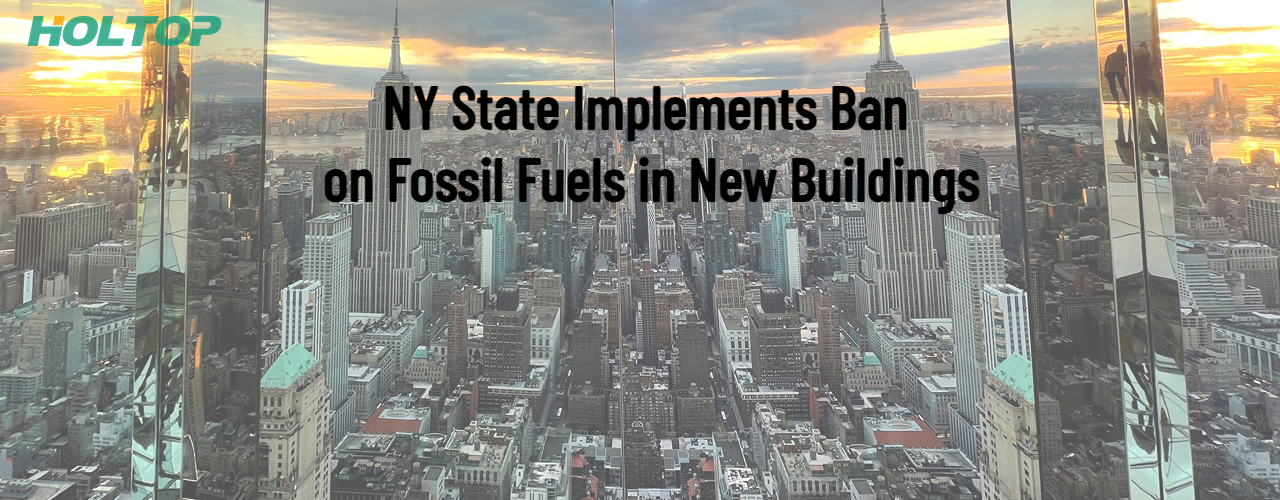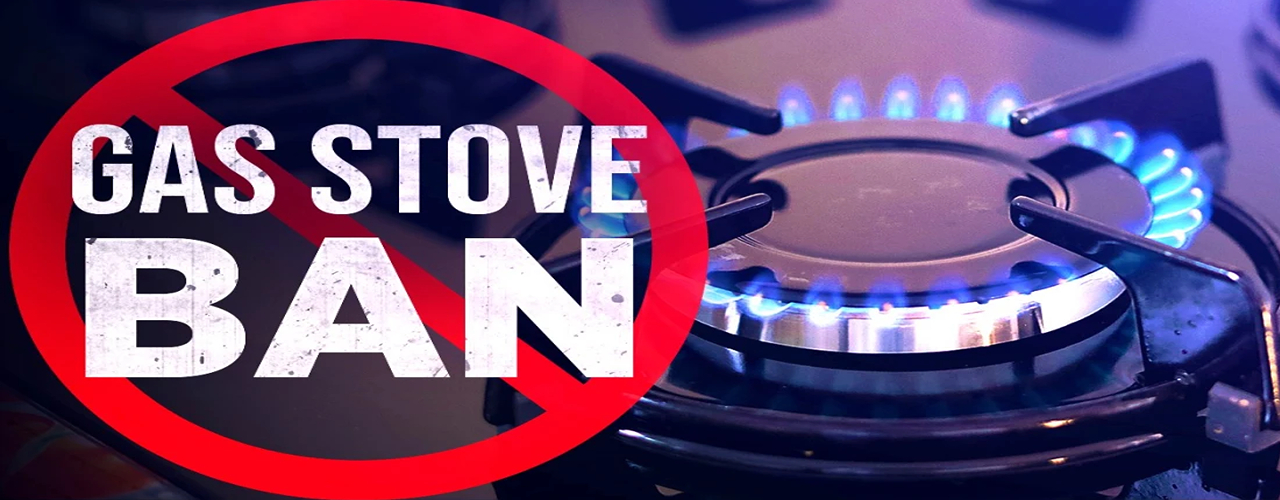
On May 2, the New York Senate and Assembly passed the state budget, which contains a provision banning gas cooking stoves and furnaces as well as propane heating in most new residential buildings. New York City passed a similar ban on natural gas hookups in new buildings in 2021, which is set to go into effect in phases in 2024 and 2027, for buildings under seven stories and taller buildings, respectively. The new legislation included in the state budget approved on May 2 applies across New York State.
The statewide ban will require new construction of seven stories or less to be fully electric starting in 2026, and will apply to all new construction in 2029. There are exceptions for large commercial and industrial buildings over 100,000 ft2 (about 9,290 m2) as well as exemptions for hospitals, restaurants, and laundromats. The ban does not apply to existing buildings. About 40,000 new homes are built in the state each year.
“Just like we had to, a long time ago, transition from coal as your energy source, we do have to transition. There are clean energy alternatives,” commented New York Governor Kathy Hochul in an interview.
This first statewide ban represents a huge win for the electrification movement and climate change activists. New York is a solidly Democratic state, and passed the Climate Leadership and Community Protection Act in 2019, which commits the state to achieving 100% zero-emission electricity by 2040 and carbon neutrality by 2050.
Action on buildings is required for New York State to meet these climate targets. Buildings account for the majority of the state’s greenhouse gas emissions at 32%, according to a 2022 report by the New York State Department of Environmental Conservation. In New York City, buildings are said to account for two-thirds of greenhouse gas emissions.

In addition to heating, gas stoves have recently been under fire for their adverse effects on both climate change and human health. Research has shown that gas stoves emit unhealthy levels of nitrogen dioxide (NO2) as well as carbon monoxide (CO) and particulate matter. They have also been shown to leak methane, a potent greenhouse gas, even when turned off. A recent study found that 18.8% of childhood asthma cases in New York City may have been prevented if the homes did not have gas stoves.
“Changing the ways we make and use energy to decrease our reliance on fossil fuels will help ensure a healthier environment for us and our children,” said New York Speaker Carl Heastie in a statement.
In conjunction with the gas ban, on April 28, Governor Hochul announced the launch of a US$ 250 million Community Decarbonization Fund through NY Green Bank, a division of the New York State Energy Research and Development Authority (NYSERDA). NY Green Bank operates as the state’s financing entity for clean energy and sustainable infrastructure. The fund will be used for local clean energy and building electrification projects, particularly for disadvantaged communities.
In a related effort, Governor Hochul and New York City Mayor Eric Adams announced the launch of a US$ 15 million initiative to build 3,000 all-electric affordable homes in New York City.
So far, more than 100 municipalities across the United States have enacted some kind of ban on gas, but New York is the first state to take such action. California and Washington are also considering similar statewide legislation. New York’s legislation is considered impactful in part because of the outsize importance of gas in the state, where oil and gas are used for 80% of home heating.
New York also leads all states in use of natural gas, accounting for 9% of the natural gas used in commercial and residential buildings in the United States. Just 10 states account for the majority of the nation’s natural gas use, with eight of the states including California, Illinois, and Michigan in addition to New York led by Democrats.
Meanwhile, some 23 mostly Republican-led states have enacted socalled ‘energy choice’ legislation that prevents state and local governments from banning natural gas, including Texas, Florida, Georgia, and Ohio. While Texas and Ohio rank in the top 10 states for use of natural gas, many of these laws are more symbolic than substantial. For example, electricity is the dominant heat source in Texas, Florida, and Georgia. Only 8% of Florida homes use natural gas for cooking, while the U.S. average is 38%.
Other trends in addition to legislation banning natural gas are driving building and home electrification and adoption of heat pumps. These include the rising cost of natural gas, the growing health concerns about gas stoves, and government incentives to defray the cost of heat pump purchases and installations as well as incentives for other energy-efficient and clean energy equipment. In 2020, heat pumps sales surpassed gas furnaces for the first time ever, as Americans started recognizing their performance and value.
Post time: Jun-21-2023








